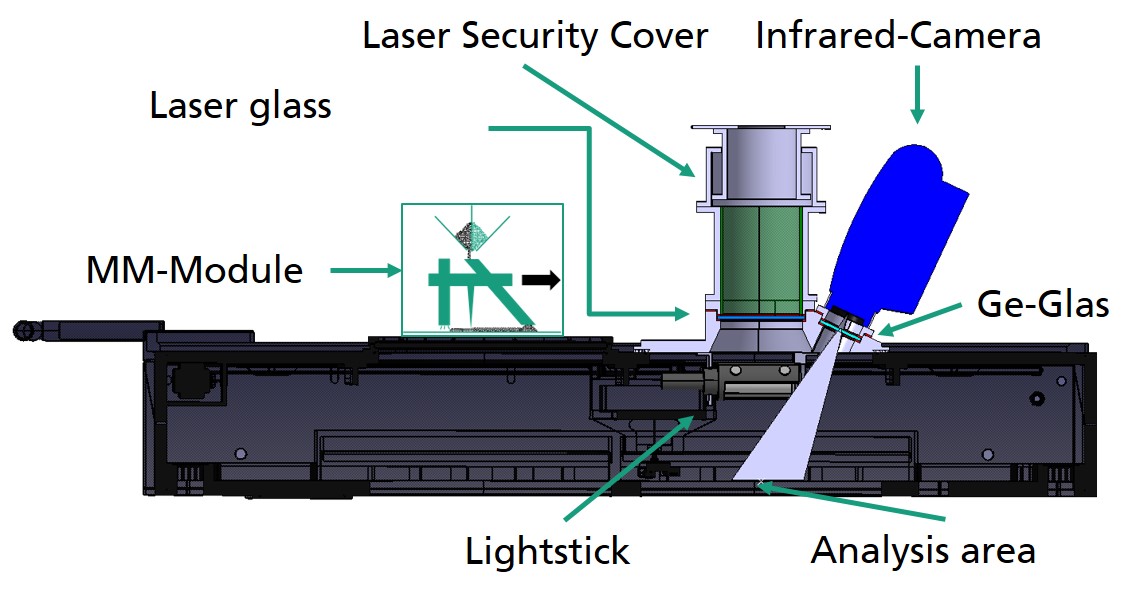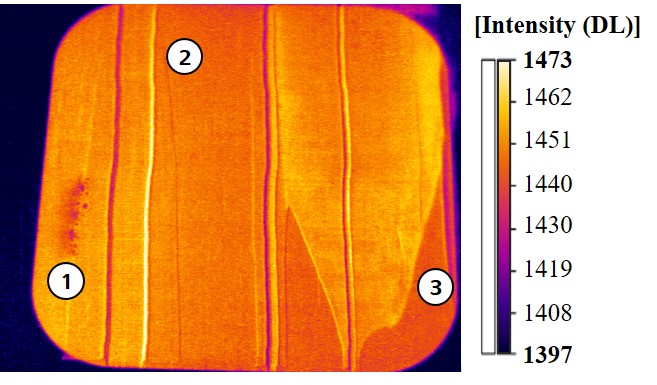New requirements for process monitoring
The progress achieved in geometry, material, and surface properties has been a key factor in the success of additive manufacturing in recent years. The quality of the generated components has evolved from the fragile view specimen from rapid prototyping times to the finished series part. Among other things, the methods for process monitoring were an enabler for this evolution. With the multi-material processing and the production of mechatronic components envisaged at the MULTIMATERIAL Center Augsburg, a new evolutionary stage of the technology is now about to open up numerous new applications. In addition to existing challenges in mono-material processing, the increase of the materials that can be processed in one process is creating new requirements for process monitoring.



